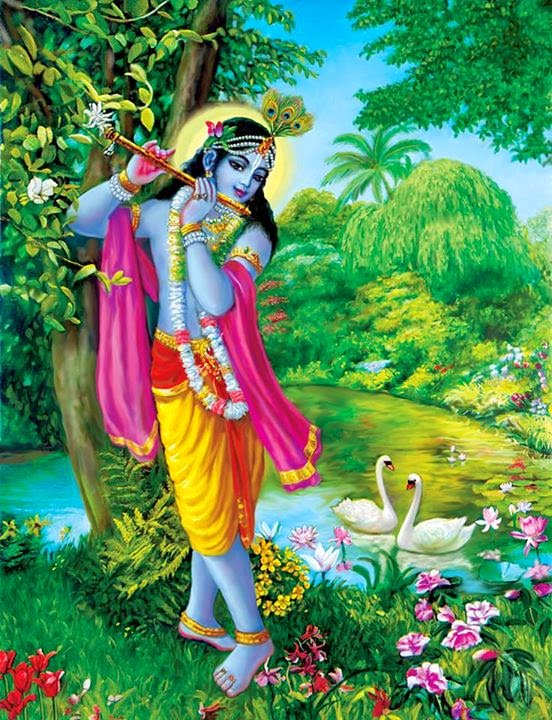The Spiritual Import of the Mahabharata and the Bhagavadgita : Ch-7. Part-4.

7: The Art of Meditation-4. Thus is a great dictum that is placed before us by Bhagavan Sri Krishna at the very beginning of the sixth chapter, which is going to describe to us the method of meditation. With this interesting introduction and a very important foundation of values, the practical techniques are described. Yoga is meditation finally, and meditation is a fixing of attention on consciousness. Consciousness pervades the whole body, and our consciousness, secondarily, pervades even our society. This peculiar relationship of ours with human values and things of the world creates a peculiar self outside us, which is known in Sanskrit Vedantic terminology as the gaunatman. A father regards his son as his self; he has so much love for the son that anything that happens to the son appears to happen to his own self, and the same is true in regard to many other things. So, there is a social self. Social self means the particular person or object with which the consciou...










.jpg)


.jpg)